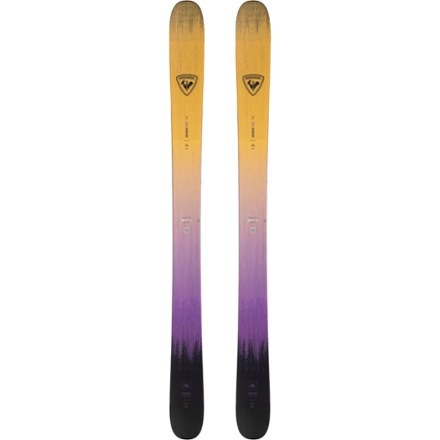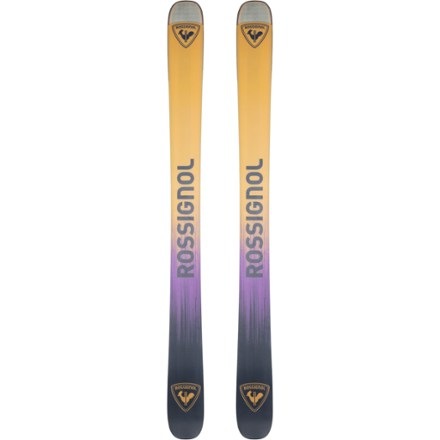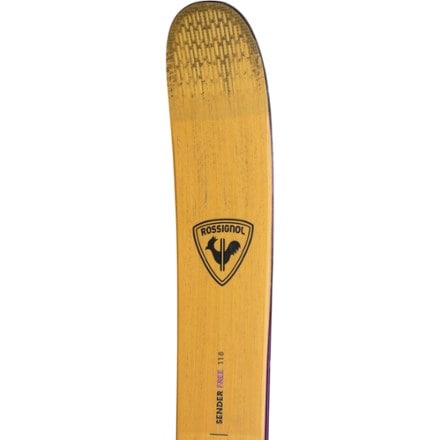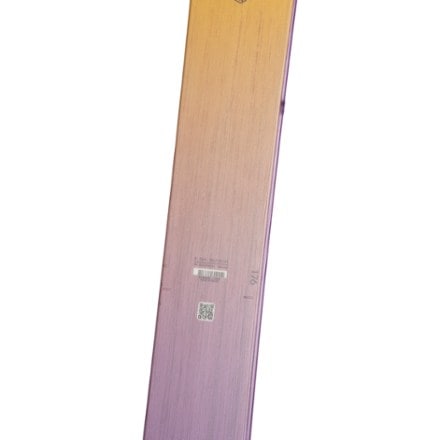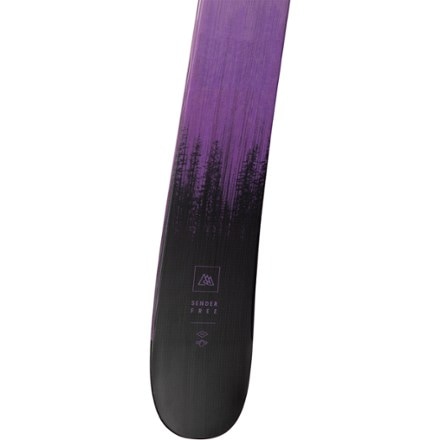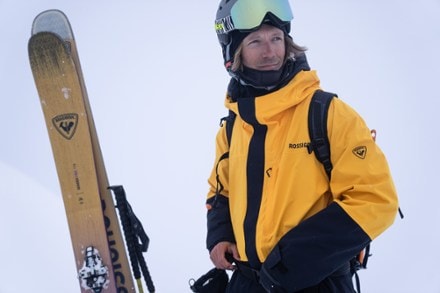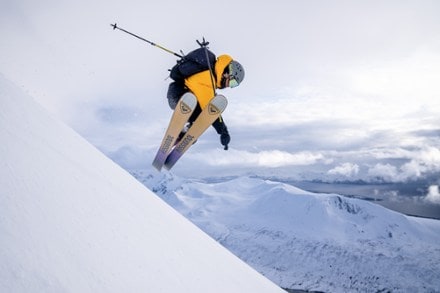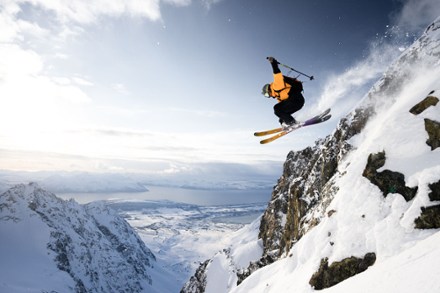Rossignol Kevlar Snowsports
(1 product)- Skiing (1)
- Skis (1)
- Downhill Skiing (1)
- Downhill Skis (1)
- Boa (4)
- Kevlar (1)
- Thinsulate (17)
- 170 to 179 (1)
- 180 to 199 (1)
- Downhill Skiing (1)
- No (1)
- Unisex (1)
- Powder (1)
- Partial Twin (1)
- Greater than 109 (1)
- 8 to 11.99 (1)
- RossignolSender Free 118 Skis - 2025/2026$899.95(4)4 reviews with an average rating of 5.0 out of 5 stars
Related Expert Advice articles
Find the right length
As a general rule, if you stand a board on its tail, the nose of the board should reach somewhere between your nose and chin. You can use brand size charts and recommended rider weights to get more precise.
Choose between different types of snowboards
The right type of board depends on what type of terrain and snow conditions you plan to ride in. Your choices include all-mountain, freestyle, freeride, powder and splitboards.
Understand camber and rocker
Camber and rocker describe the curve of a snowboard when you look at it from the side. There are many different profiles.
- A cambered board rises up in the waist (midsection) while the contact points rest on the ground near the tail and tip/nose. These grip well on hard snow, provide control at high speeds and deliver a lively, stable ride. Experienced, speed-oriented riders favor cambered boards.
- A rockered board has upturned tips and tails. The design excels in powder or when jibbing or riding rails in the park. They tend to have a surfy feel that offers easy turn initiation, making them popular among novice riders.
Where do you plan to ski?
Match your skis to the conditions and areas on the mountain you enjoy skiing. Your choices are all-mountain skis, powder skis, freestyle skis and backcountry skis.
Consider the waist width of your ski:
- If you ski groomers or are a beginner, consider a narrower ski—under 90mm wide.
- If you ski the whole mountain and prize versatility, look for an all-mountain ski, from 91-114mm wide.
- For deep or soft powder purists, opt for a ski that’s 115mm or more wide.
Find your preferred ski length
- As a general rule, your skis should reach between your chin and the top of your head.
- Length also depends on your height, weight, ability level, skiing style and terrain preferences.
What type of cross-country skiing will you do?
- Classic skiing uses a back and forward motion similar to walking.
- Skate skiing resembles the movements of a speed skater.
Do you want to tour or race?
- Classic touring skis: best for groomed tracks.
- Race and performance classic or skate skis: ideal for groomed tracks but built for faster skiing than classic touring skis.
- Metal touring skis: designed for skiing out-of-track or on steeper terrain.
Get the right ski size
Find the ski length recommended for your body weight. Factor in skill level too. Longer skis tend to be faster. Shorter skis tend to be easier to turn on and control.
What type of skiing will you be doing?
- Downhill ski poles: Poles for alpine skiing help with balance and timing turns. Many are fixed length; some are adjustable.
- Backcountry ski poles: Opt for adjustable poles so you can lengthen poles when going uphill and shorten them when descending.
- Cross-country ski poles: Longer and lighter, designed to help you glide forward efficiently. Poles for skate skiing are longer than for classic skiing.
Find the right length
When looking for proper fit, consult the brand's sizing chart. For downhill skis, wear your boots and turn the poles upside down. Grip the poles just below the basket. Your elbow should form a 90° angle. If the angle is less than 90°, try a shorter pole. If the angle is greater, get a longer pole.
Pole features
- Straps: Wrist straps help retain poles during turns and falls. Some models have detachable straps for quick transitions.
- Baskets prevent poles from sinking into the snow. Choose a standard basket for most conditions, and use a larger basket for powder skiing.
